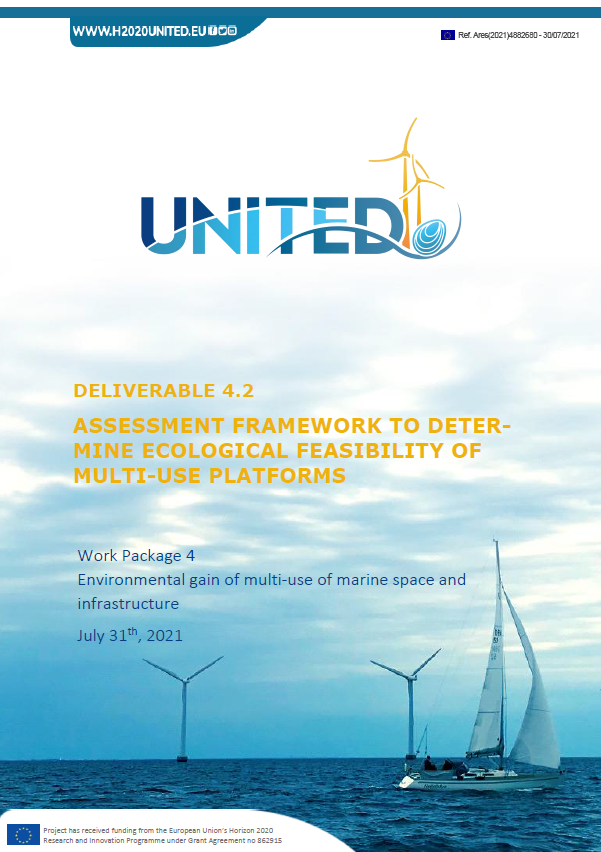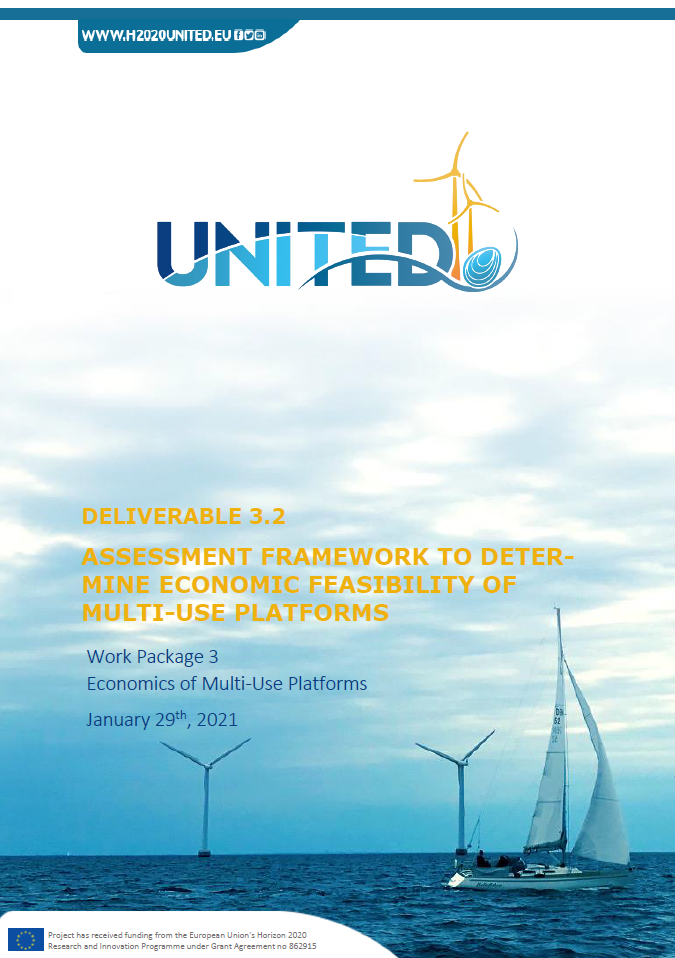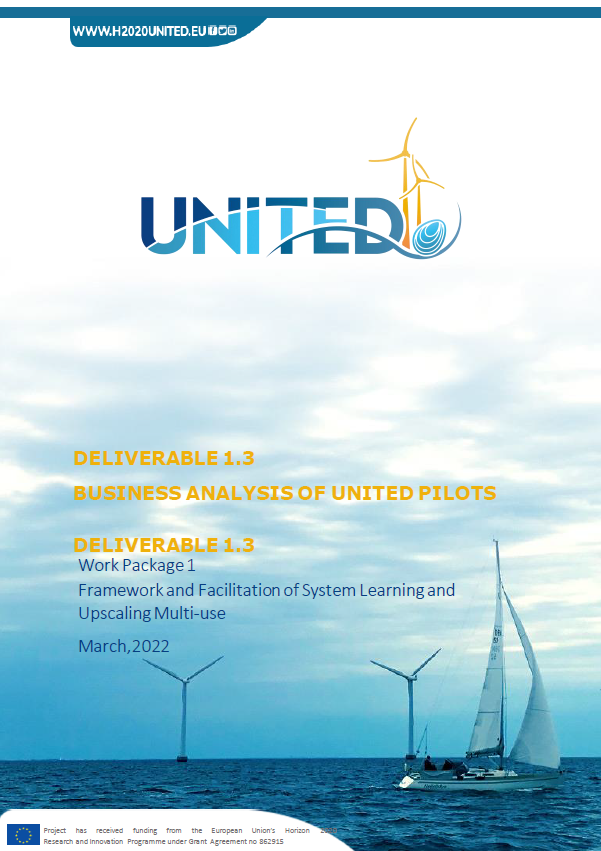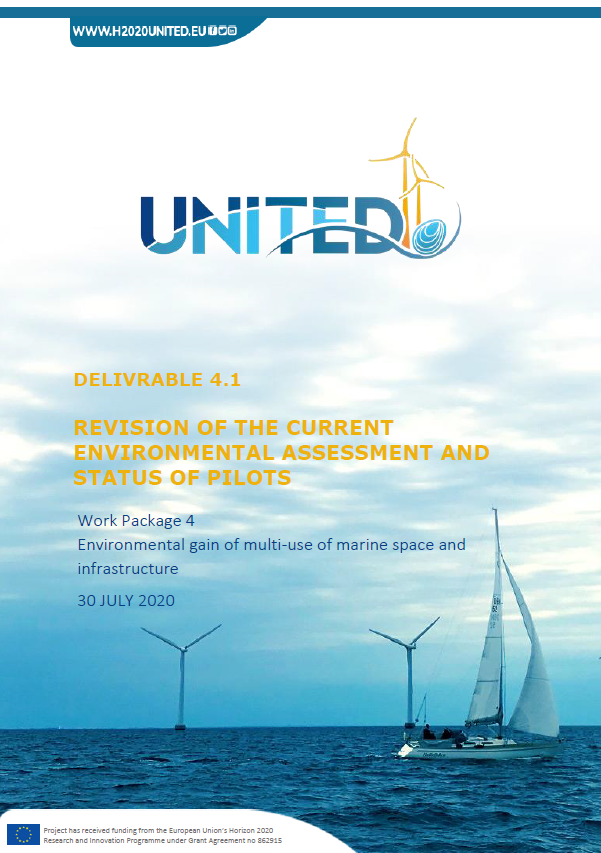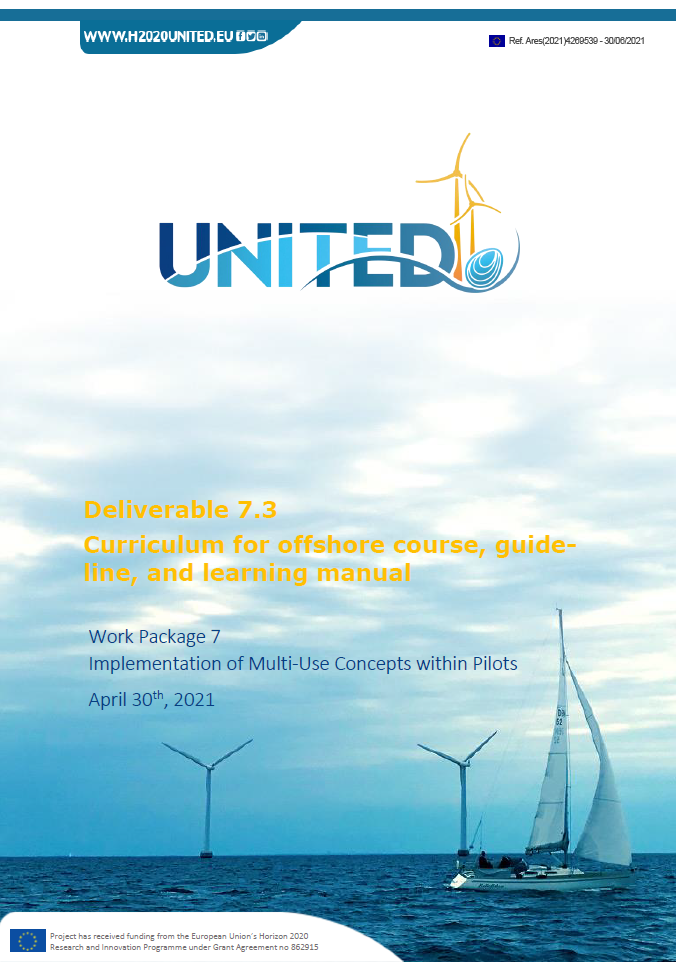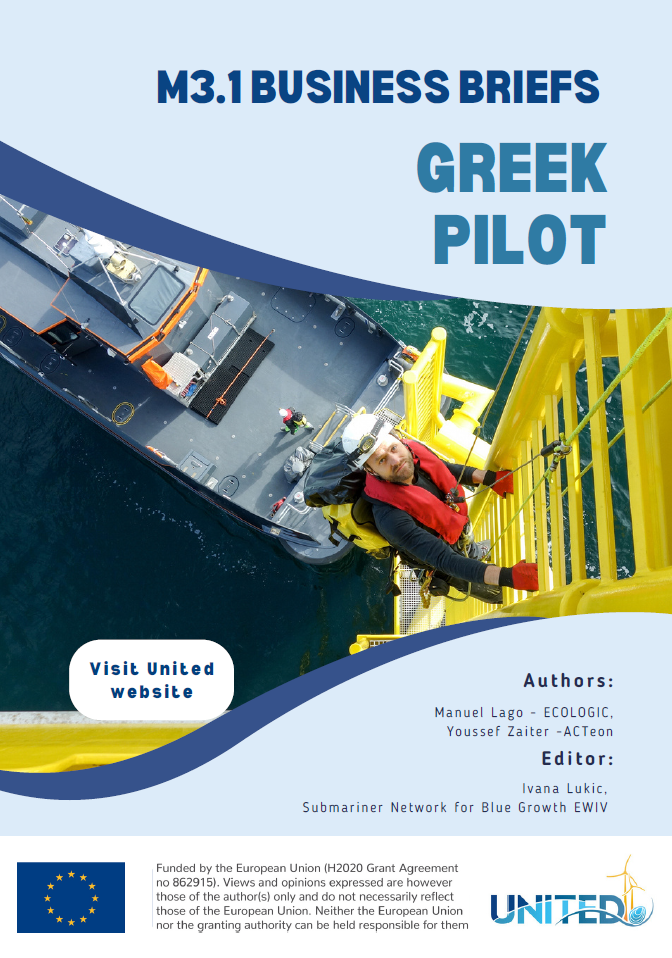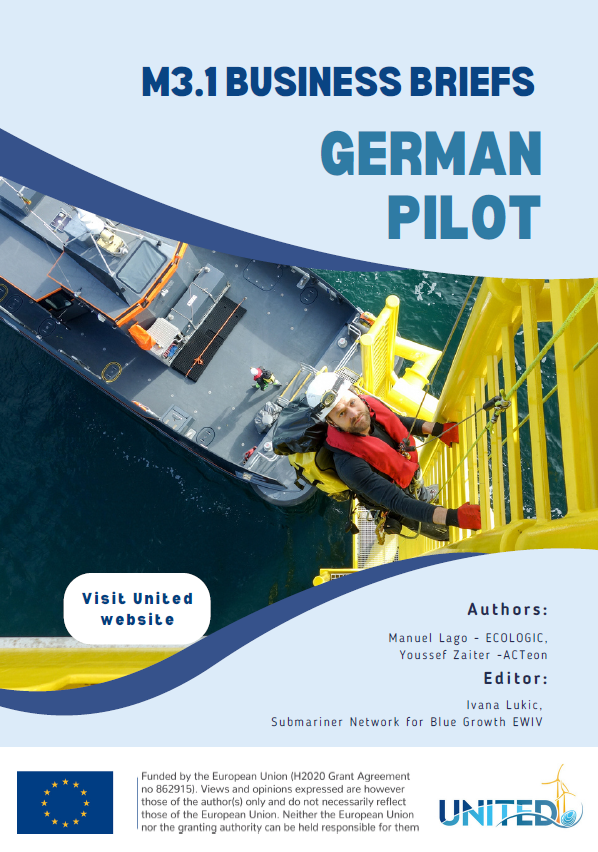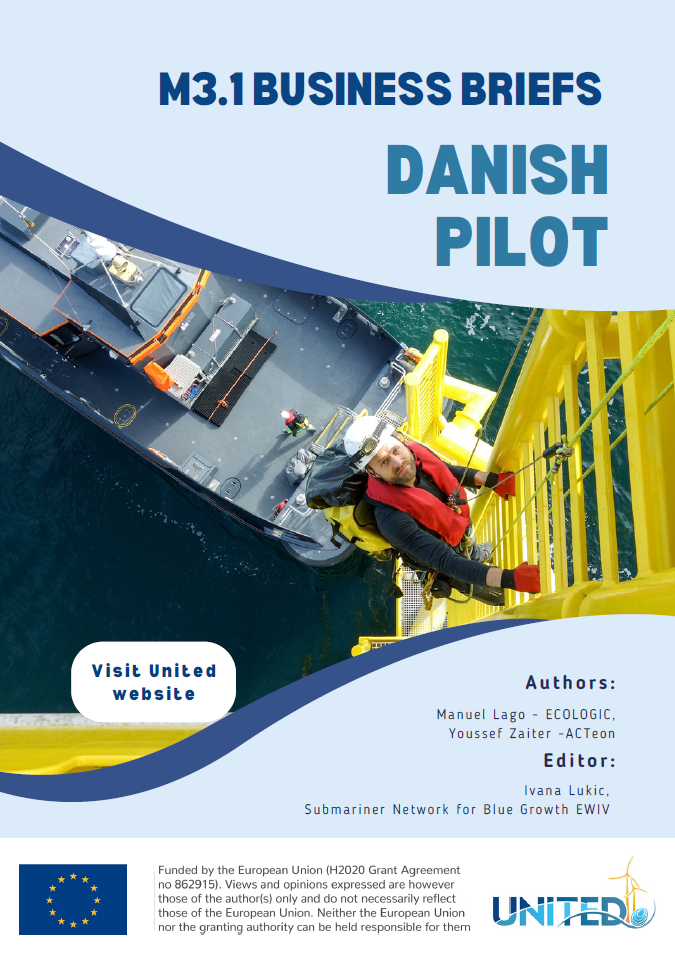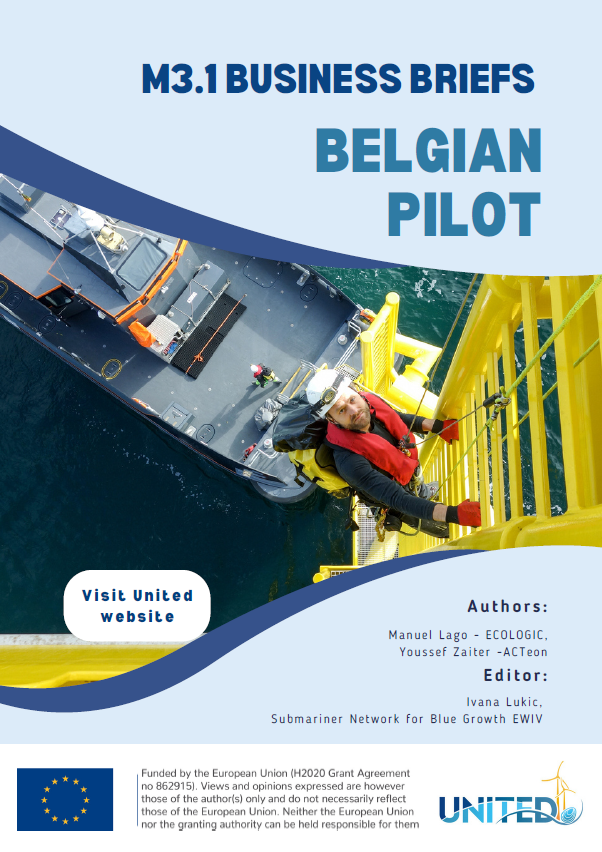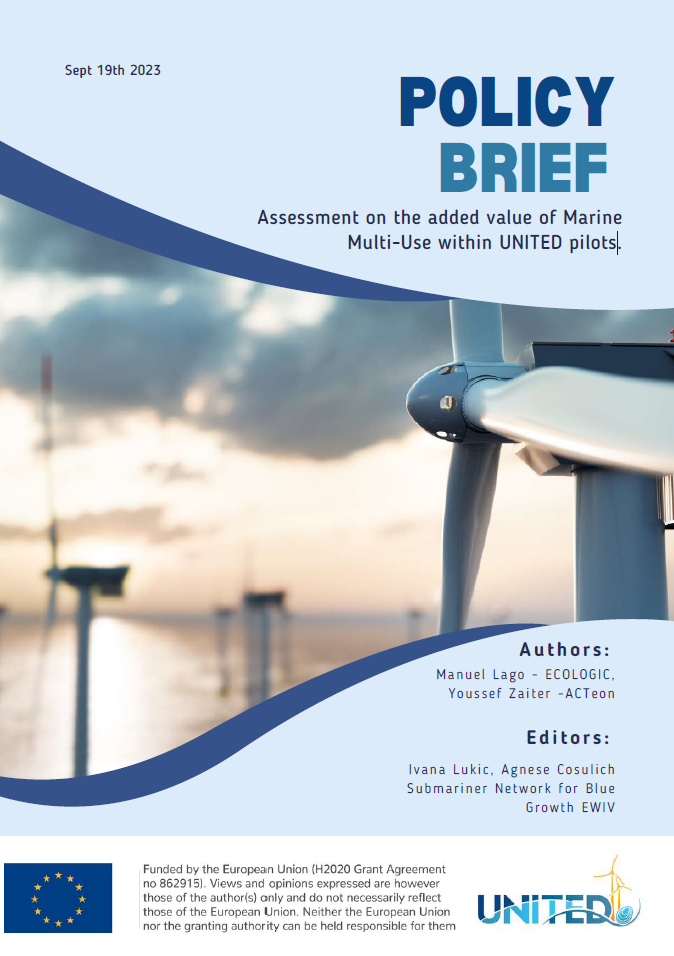Assessment Framework to Determine Ecological Feasibility of Multi-Use Platforms
- Publication
- Citation
Kerkhove, Thomas et al. 2021: Assessment Framework to Determine Ecological Feasibility of Multi-Use Platforms. Deliverable 4.2 of the Horizon 2020 project "Multi-use Offshore Platforms Demonstrators for Boosting Cost-effective and Eco-friendly Production in Sustainable Marine Activities" (UNITED).
This UNITED project report deals with the development of an environmental assessment framework to determine the ecological feasibility of multi-use platforms. This assessment framework is based on the practice of environmental impact assessment (EIA) and applies an integrated cumulative effects assessment (iCEA) in the scoping and identification phases of key impacts. The report aims to assess the added environmental value ("benefits") of multi-use in the marine environment.
Integration of environmental impact assessment (EIA) and cumulative effects assessment
The report discusses how the environmental assessment framework developed combines environmental impact assessment (EIA) methods with integrated cumulative effects assessment (iCEA). This approach enables a detailed analysis of the environmental impacts of multi-use platforms. Using seabirds, fish and cephalopods as examples, it is shown how the environmental assessment framework combines the environmental impact assessment (EIA) methods with an integrated cumulative effects assessment (iCEA).
Assessment of the environmental benefits of multi-use concepts
The focus is on assessing the additional environmental benefits that multi-use platforms can provide in the marine environment. The report examines how these platforms contribute to environmental sustainability, using specific marine species and habitats, such as the harbor porpoise (Phocoena phocoena) and gravel beds impacted by activities such as jet trawling, as examples.
Key impacts and feasibility studies
The report describes how the assessment framework is used to identify and assess the key impacts of multi-use platforms on the marine environment. It also provides important insights for future feasibility studies in the field of marine resource use. Examples from the wind and aquaculture industries are used to demonstrate the applicability and challenges of multi-use concepts. In addition, parameters such as light penetration depth and temperature at different depths are discussed for the management of seaweed farms.
